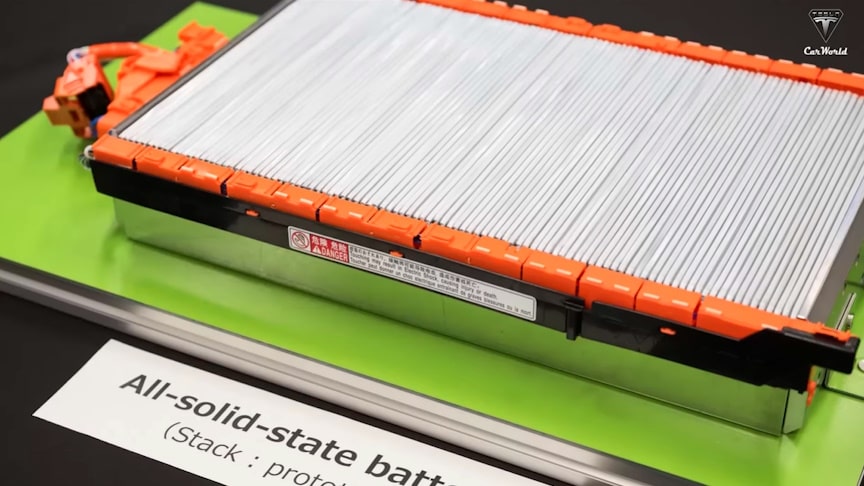A solid-state battery uses solid electrodes and a solid electrolyte, instead of the liquid or polymer gel electrolytes found in lithium-ion or lithium polymer batteries.
source.image: TESLA CAR WORLD
While solid electrolytes were first discovered in the 19th century, several drawbacks prevented widespread application. Developments in the late 20th and early 21st century generated renewed interest in solid-state battery technology, especially in the context of electric vehicles, starting in the 2010s.
Solid-state batteries can potentially solve many problems of liquid Li-ion batteries, such as flammability, limited voltage, unstable solid-electrolyte interphase formation, poor cycling performance and strength.Solid-state batteries have almost the same mechanism as lithium-ion batteries for extracting electricity from the batteries.
Advertisement
Metal is used as the material for the electrodes, and electrical flow is generated by ions moving through the electrolyte between the cathode and anode. The big difference is that the electrolyte is solid.Lithium ion batteries, used in EVs today, have a liquid electrolyte solution sandwiched in between their cathodes and anodes (see the middle gap in the image above). Alternatively, solid state batteries use solid electrolytes.











